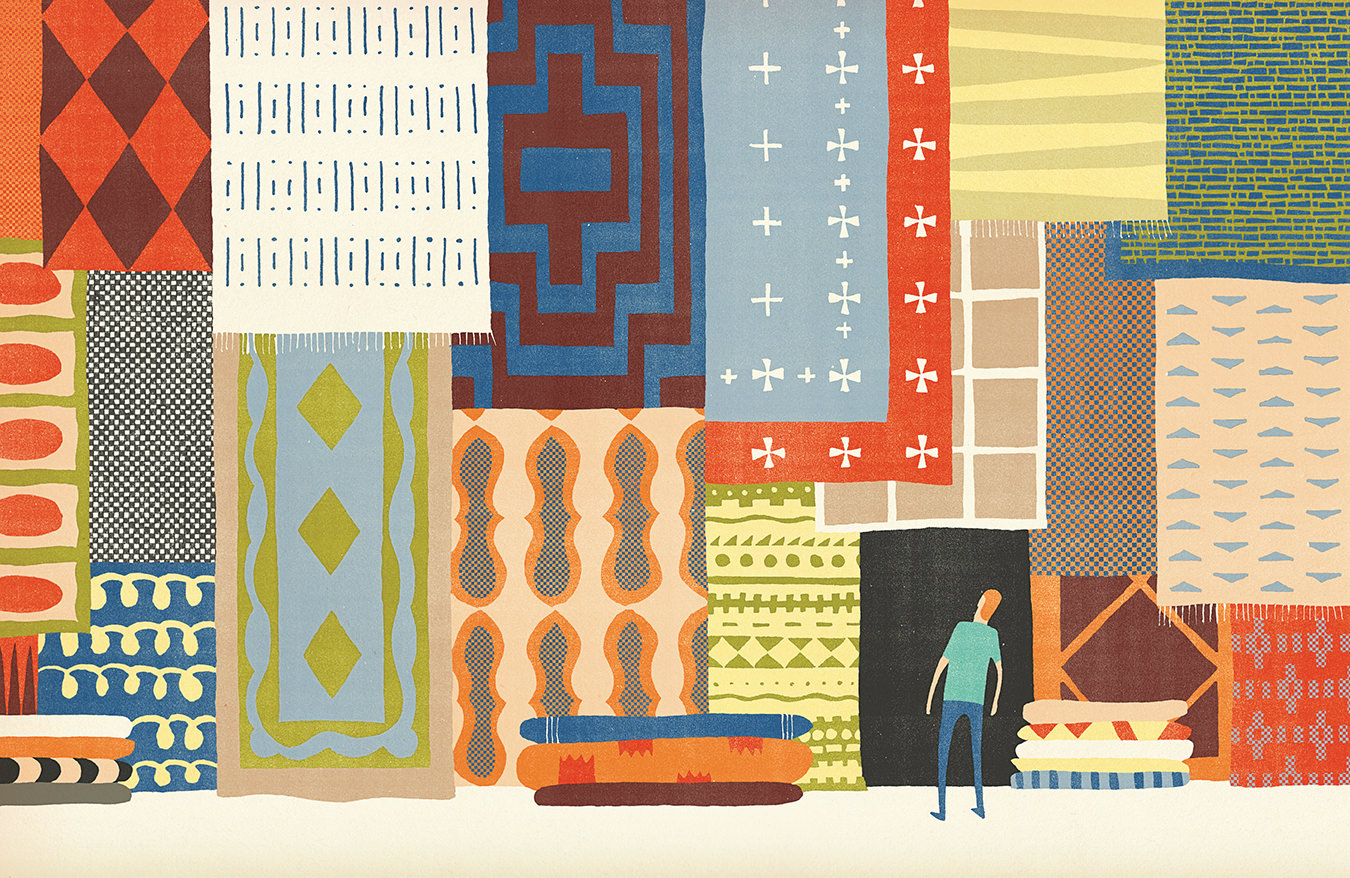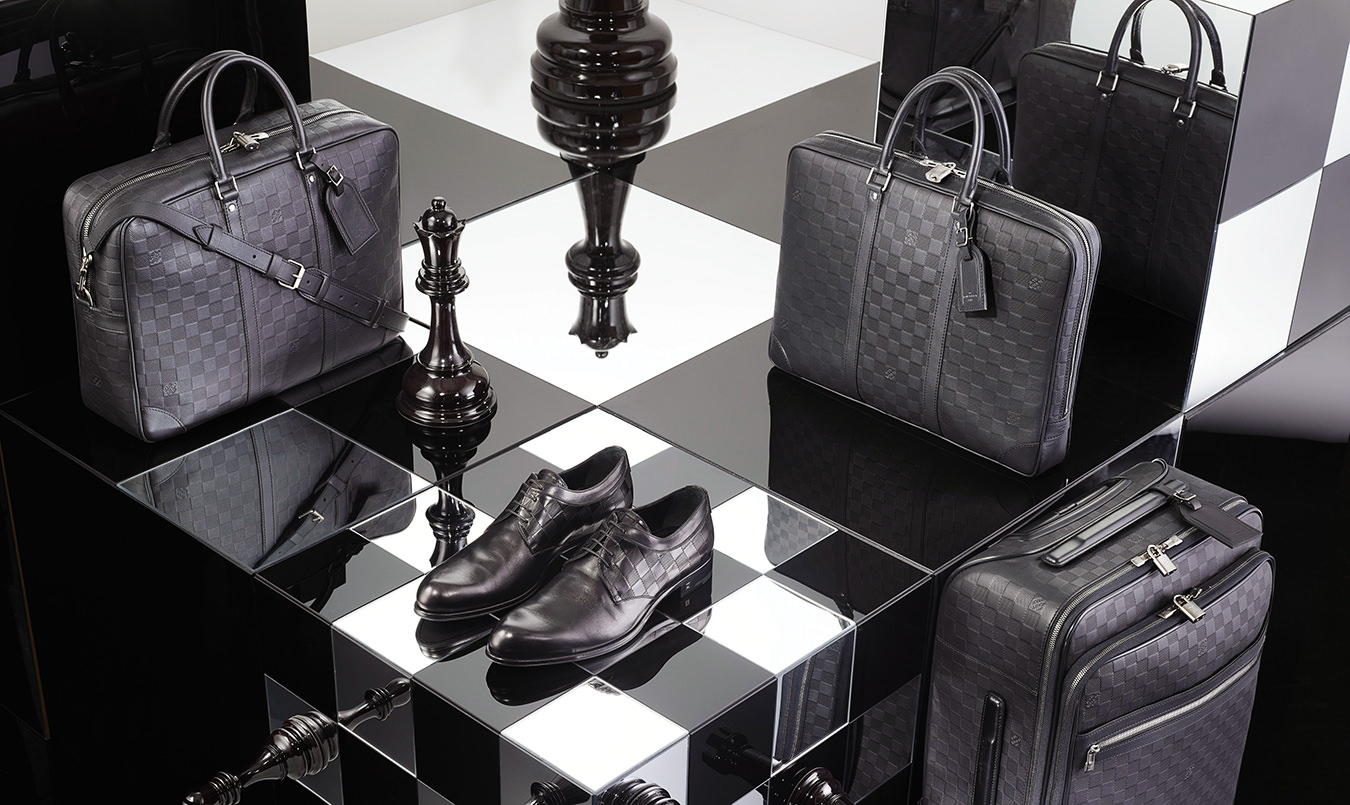-
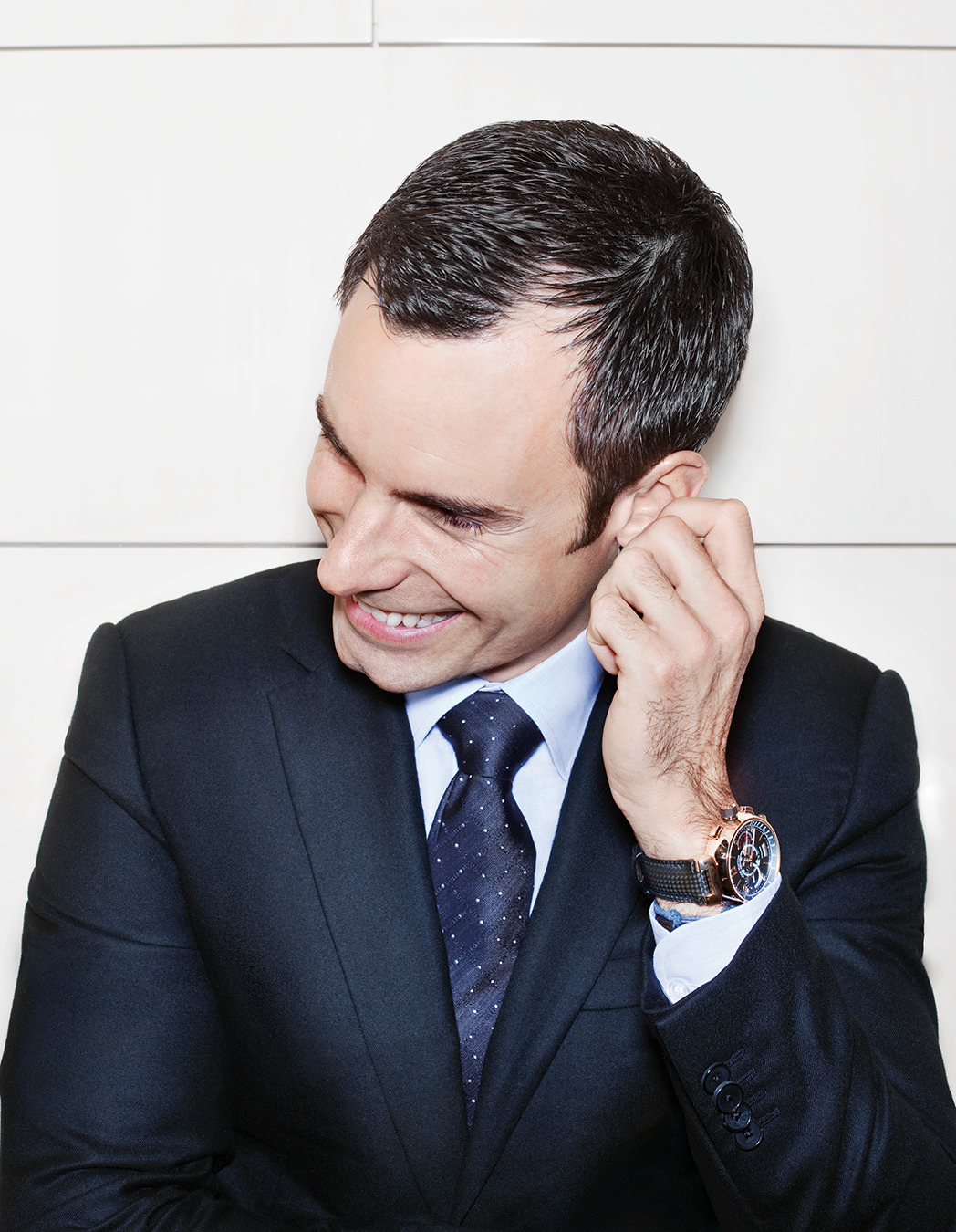
Benoit-Louis Vuitton, the great-great-great-grandson of the company founder, and the manager of Louis Vuitton’s special-order watch division.
-
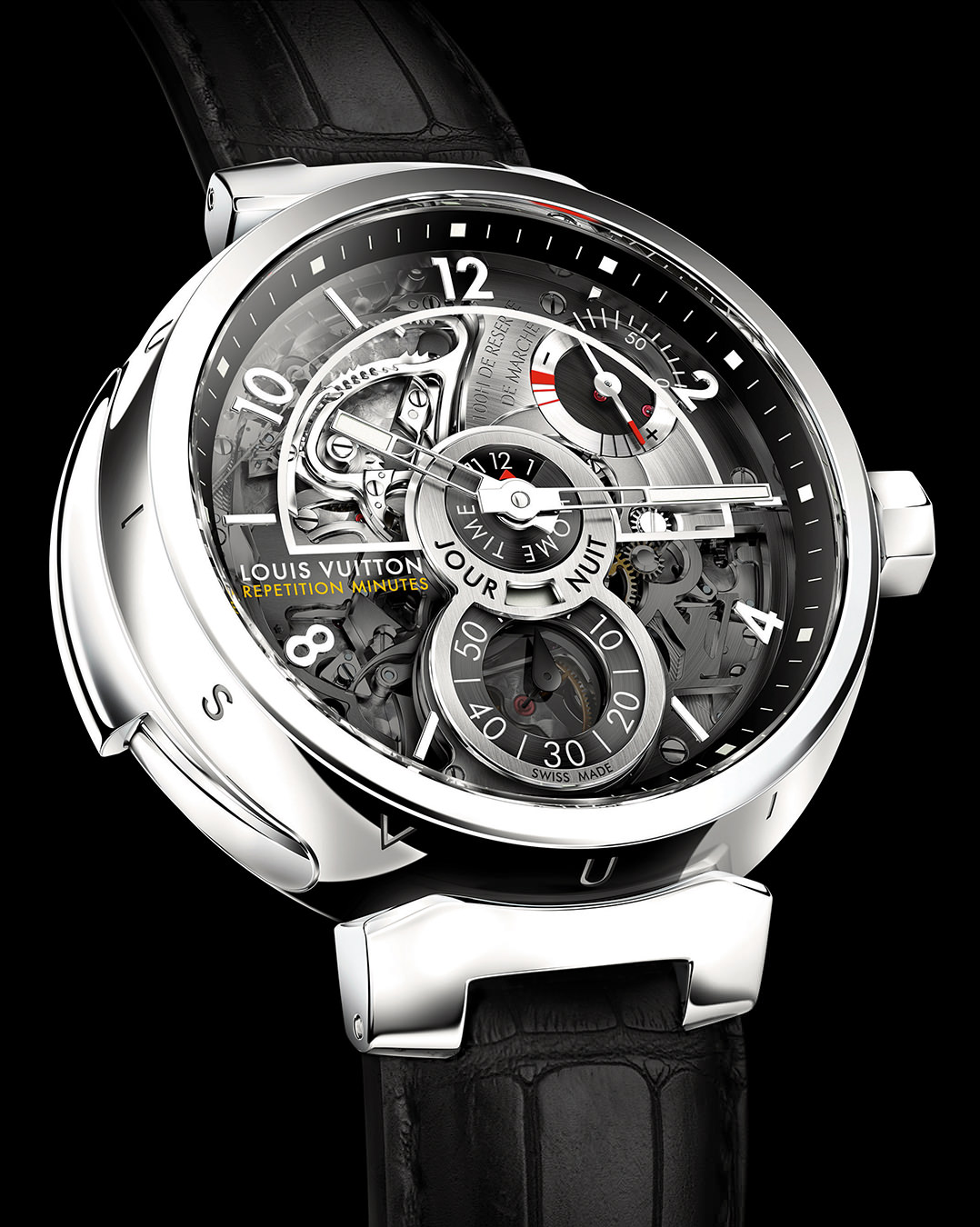
The Louis Vuitton Tambour Minute Repeater in 18-karat white gold.
-

The Louis Vuitton Tambour Minute Repeater in 18-karat rose gold, with a view of the exhibition back.
-
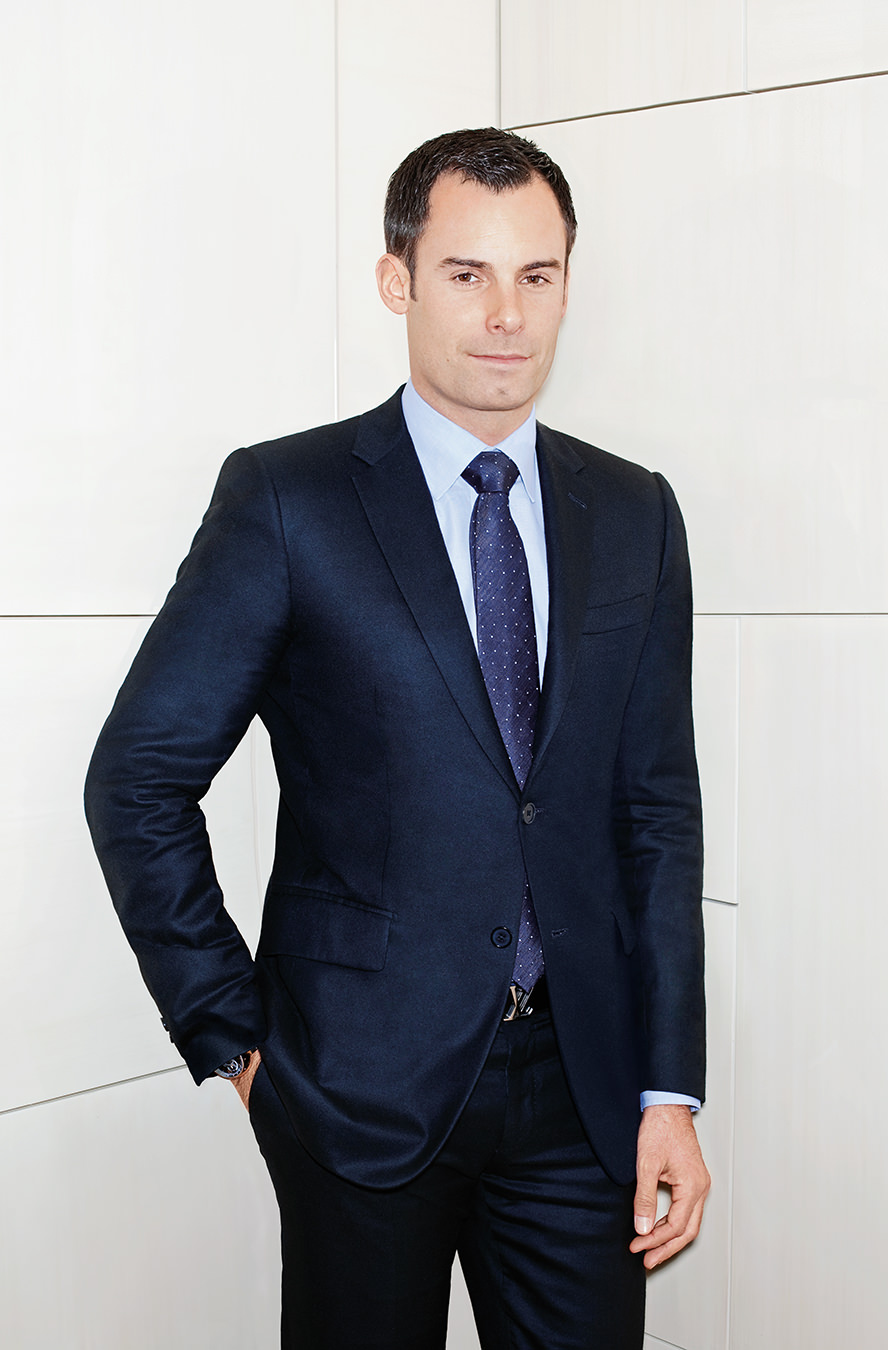
Benoit-Louis Vuitton
Haute horology.
The most important inventions of watchmaking were developed by the big Swiss heritage brands in the first half of the 19th century, establishing forever their unassailable claim to authenticity. It no doubt irks them when companies like Louis Vuitton, which only began making watches in 2002, introduce world-premiere movements and set up bespoke divisions that make some of the prestige timepiece brands look like cookie cutters.
The term “fashion watch” was once entirely pejorative. Twenty years ago, fashion, accessory, and couture houses commonly licensed their names to outside companies that churned out watches that were generally quartz, cheap, and covered in logos. Today, a couture brand’s idea of launching a watch collection is to set up an in-house, Swiss-based division, and produce limited-number, high-end watches with elite movements, all in keeping with the sensibility of couture construction. When Louis Vuitton decided to create a watch collection, it built a state-of-the-art workshop from the ground up near La Chaux-de-Fonds in Switzerland’s Jura Mountains, the epicentre of the country’s watchmaking district. Last year, it snapped up La Fabriques du Temps, a Geneva specialty movement manufacturer owned and still operated by two of the country’s most respected watchmakers, Michel Navas and Enrico Barbasini. Navas and Barbasini, along with Mathias Buttet, were the original partners who started BNB Concept in 2004, a boutique movement maker specializing in tourbillons. BNB Concept made a name for itself by inventing custom movements for 25 of Switzerland’s most prestigious watch brands, including Hublot, Franc Vila, and Concord. Navas and Barbasini left in 2007 to set up La Fabriques du Temps. Ironically, LVMH Moët Hennessy Louis Vuitton now owns both BNB Concept and La Fabriques du Temps.
This absorption of small workshops by large luxury firms is something of a trend in the industry at the moment. Luxury groups such as PPR and LVMH, as well as independent watchmakers such as Patek Philippe and Rolex, are stepping up their investments in watch production and parts providers to reduce their dependence on external suppliers. What this accrual of skill and manufacturing capability represents for Louis Vuitton, aside from a substantial investment, is instant credibility as a watchmaker. Louis Vuitton is now positioned at the top of the LVMH watchmaking division, which includes heritage brands TAG Heuer, Hublot, and Zenith.
The Louis Vuitton Tambour Minute Repeater represents the triumph of this accelerated journey into the territory of heritage-brand watchmaking. It contains a La Fabriques du Temps–invented movement, calibre LV 178, which represents a world premiere in watchmaking. The Tambour Minute Repeater was launched in Canada this past fall at the Vancouver boutique, where Benoit-Louis Vuitton, the great-great-great-grandson of the company founder, and the manager of Louis Vuitton’s special-order watch division, premiered the timepiece. The watch is a marvel in that it has a rare combination of minute repeater function and dual time function. A typical dual time function often displays the second time zone in a subdial, whereas the Vuitton piece puts it on the main dial, with home time displayed on a small index at the centre. The minute repeater function reinforces this by chiming in sync with home time. “It rings where my heart beats,” says Benoit-Louis, who divides his time between Paris and Geneva. “We added a dual time function because Louis Vuitton is about the spirit of travel,” he explains, referring to the brand’s legendary trunks, luggage, and bags. In keeping with this spirit, each of the bespoke watches comes in its own custom Louis Vuitton trunk.
“I have always been really attracted by watches,” says Benoit-Louis. “When I was a child, I remember collecting them and even saving money during summer holidays to get a new piece.” His obsession nearly got him into trouble with his bosses when he first started working at the family firm. After graduating from the American Business School in Paris in 2001, Benoit-Louis’s interest in watches and jewellery led him to a marketing internship at Chaumet in Paris and Tokyo. This was followed by sales internships at Louis Vuitton in London and Tokyo. While working at one of the Tokyo boutiques, Benoit-Louis says, “I was told to stop talking so much about the watches. In Japan, Louis Vuitton is all about the leather.”
Leather, is in fact, the family heritage. Both Benoit-Louis’s father, Patrick-Louis, and grandfather, Claude-Louis, oversaw all production at the brand’s leather goods workshop in Asnières, the oldest Louis Vuitton workshop. His father is still there. When the company started a bespoke watch division and embarked on its own production and movement creation, however, Benoit-Louis was deemed the obvious man for the job. After a stint as the watches and jewellery manager at the brand’s London Soho boutique and as the fine jewellery specialist at the New York Fifth Avenue Maison, Benoit-Louis returned to Paris in 2005 to further develop the special-order watch division.
“We added a dual time function because Louis Vuitton is about the spirit of travel,” he explains, referring to the brand’s legendary trunks, luggage, and bags. In keeping with this spirit, each of the bespoke watches comes in its own custom Louis Vuitton trunk.
Bespoke is the new black in the world of prestige brands, and even some heritage watchmaking brands are embracing the concept—but in this world, Louis Vuitton is no newcomer. Bespoke has long been a part of the brand’s narrative. All of its leather goods, including everything from shoes to wallets, can be customized with some 50 leather options, monograms, coloured stripes, sizes, hardware, lining, and compartments. “People expect something unique from Louis Vuitton,” says Benoit-Louis, “something of quality that is made just for them.”
It was a matter of brand integrity, then, that Louis Vuitton would offer the Minute Repeater, along with its two other high-end collections—the Tambour Spin Time, also created in collaboration with La Fabriques du Temps, and the Tambour Tourbillon—as fully customizable. This customization includes not only cosmetic options, such as the choice of case material or having diamonds set into the case, flange, or lugs, but also the customization of the movement’s working components. The bridge and plate can be engraved or skeletonized to reflect the owner’s monogram, for instance, or enamelled in a pattern or colour of choice. In order to execute these options to the highest standard, Louis Vuitton works with two of Switzerland’s most sought-after craftspeople: enameller Anita Porchet and master engraver Dick Steenman. Diamonds can also be set into the movement’s bridge. A grey sapphire crystal is another option, and customers can choose the strap material from among all the leather options available for bags and trunks, including dogfish, beaver, ostrich foot, lizard, sharkskin, and even toad. “We like to surprise clients,” says Benoit-Louis.
Those watch customers who choose to go for bespoke meet with Benoit-Louis one-on-one to collaborate on the final design. “I want to show and create a design, not have the customer just come in and buy something and then go away,” he says. “Part of our spirit is to personalize.” So far, he has taken 10 custom orders for the Minute Repeater. Only 20 will be made each year.
Benoit-Louis’s dedication to personalized service extends to timepieces that Louis Vuitton donates to charity. Every other year in Monaco, a collection of one-of-a-kind timepieces donated by up to 40 prestige brands is auctioned off to support research for Duchenne muscular dystrophy. Endorsed by Prince Albert II of Monaco, the Only Watch auction was started by Luc Pettavino, president of the Association Monégasque contre les Myopathies (Monaco association against Duchenne muscular dystrophy). Pettavino, the former long-time managing director of the Monaco Yacht Show, started the charity when he learned his son, Paul, was afflicted with the disease. Louis Vuitton did more than donate a watch; Benoit-Louis requested a meeting with Paul, flew to Monaco, and asked him to collaborate on the design. “The first watch we made for the auction was a ladies’ watch, designed from the point of view of a child as a tribute to his mother. The second one was linked to his studies at school; it had an explorer theme. For the 2011 auction, the watch we designed, the Tambour Diving II Chronograph, was orange, because that is Paul’s favourite colour. He has an orange bedroom, orange bathroom—everything is orange!” says Benoit-Louis, who becomes slightly teary-eyed when discussing Paul. “He can’t travel so much anymore, but I did get him to come to Paris once and he came to see the leather factory in Asnières. I have pictures of him with the craftsmen who make the trunks.” The 2011 auction raised €4.5-million ($5.9-million Canadian). “It will really accelerate their research,” says Benoit-Louis.
What’s next for the bespoke collection? “I have a list of things in mind to develop, but there’s no rush,” says Benoit-Louis. “We will expand step-by-step to make some great things, but we’ll probably only do one introduction per year. We can afford to take our time. The important thing is that we will do what we want, when we want to do it, without having to rely on external suppliers.”



